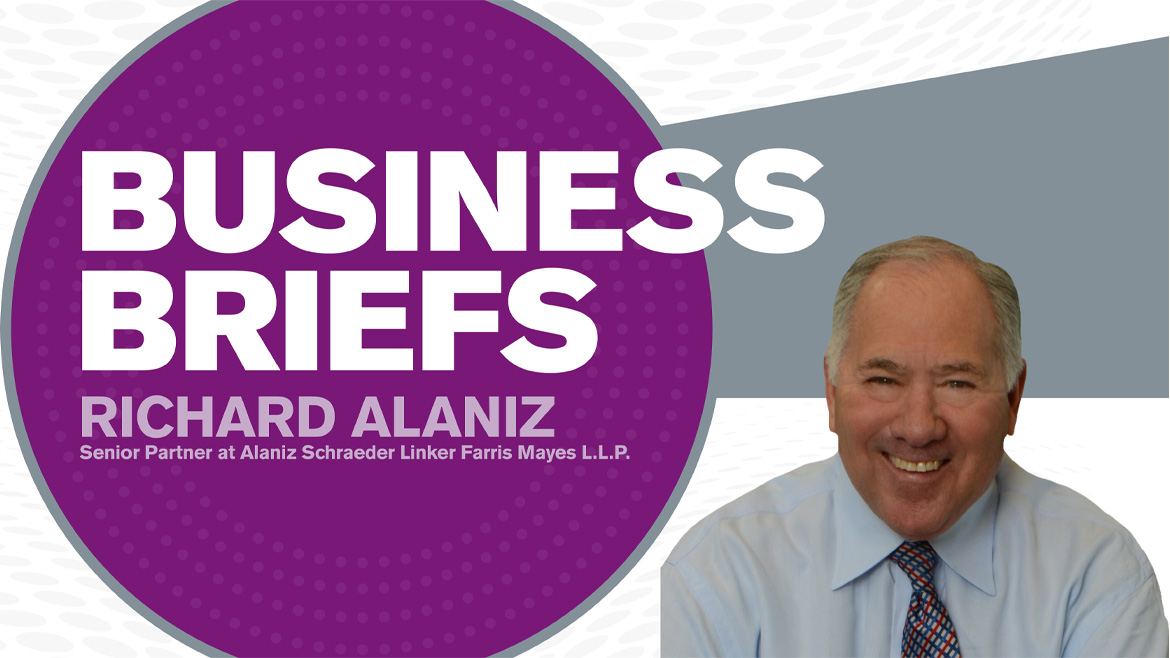More than 10 million jobs remain open, even after several months of record hiring. May saw 384,000 jobs filled and in June, payrolls increased by 372,000. In July, the number of jobs filled exploded to 528,000. Each month exceeded estimates, which seemingly contradicts other signals of economic slowdown. Despite the currently resilient job market, the Federal Reserve continues to raise interest rates in response to the highest inflation rate in decades, which could amplify the effects of any slowdown.
With inflation and rising interest grabbing the headlines, layoffs have already begun in certain sectors of the economy and have flown relatively under the radar until recently. Amazon has announced that it is eliminating 10,000 jobs across several divisions. Meta, the Facebook parent company, is cutting 11,000 jobs. Ride-sharing company Lyft recently announced that it is reducing its workforce by 13% following recent 2% cuts. Car sales company Carvana has announced plans to cut at least 12% of its staff, or 2,500 employees. Mortgage startup Better.com laid off about 4,000 people in the first three months of 2022, and recently followed up with another 3,000 layoffs. J.P. Morgan has recently confirmed that it will lay off more than 1,000 employees in its home-lending department. Real estate brokerage Compass is laying off almost 10% of its workforce and Redfin, another brokerage, is laying off approximately 6% of its workforce. Remax has announced that it will lay off 17% of its workers by year’s end. The trend of layoffs may continue rippling through workplaces and additional sectors such as retail, hospitality, and manufacturing could be affected.
If the need to reduce staff reaches your workplace, there are a number of issues that you must carefully evaluate before taking action. First, you must decide whether to furlough employees or implement a layoff/reduction in force (RIF). Despite the terms sometimes being used interchangeably, there is a difference. A furlough is an involuntary, temporary period of reduced hours or time off that carries an expectation that employees will return when business conditions improve. Furloughs are unpaid, but many employees use accrued vacation or other paid leave. Unemployment benefits are also generally available to furloughed employees. Furloughs permit employers to temporarily cut labor costs but still retain trained employees who will be needed when business rebounds. A layoff or RIF, on the other hand, is intended to be a permanent termination of the employment relationship. Unless the expected downturn in business is temporary, no more than several months at most, a layoff/RIF is probably the preferable business decision and may address some of the complicating factors that come with more permanent action.
There are several significant issues that must first be addressed in deciding upon a possible layoff or RIF. An important and basic first step should be to examine and document the business case for a layoff/RIF. Such documentation could become critical evidence in the event of later legal claims. It should provide a big picture summary of the reason(s) for the layoff, its extent, as well as the financial impact, or more specifically the cost of the layoff versus the anticipated savings. The documentation should include a description of the planning and analysis done in considering the need for a layoff and in particular the proposed selection process.
In the reduction process, you should look at roles or positions rather than the individuals filling them. Compare the various incumbents based upon predetermined objective criteria that are consistently applied. One topic of potential legal concern in the layoff selection process is the possibility that you are disproportionately selecting for employees in a protected class. One example is a selection process that produces a group of selectees primarily made up of employees aged 40 and above. This could constitute a prima facie case of age discrimination under the Age Discrimination Employment Act (ADEA).
Once selections for layoff have been made, the next concern is whether the number of employees laid of triggers the requirements of the federal WARN Act or an applicable state WARN act. The requirements of these laws are strictly enforced. Generally, for the federal WARN Act to apply, the company must have at least 100 employees and the layoff must affect at least 50 employees. State WARN Acts may have different thresholds for coverage. Because of the complexity of steps for compliance, this is one issue on which you should address with the involvement of legal counsel.
In addition to ensuring WARN Act compliance, an employer must also comply with the state law requirements for final pay, accrued vacation time, and similar matters. This then raises the related question of whether severance pay will be provided to laid-off employees. While severance benefits are often mandated by collective bargaining agreements, there are few statutory requirements to offer severance pay. If you offer severance pay, it should without question be conditioned upon a full release of all potential legal claims by the employee to receive severance pay. In the case of employees 40 and above, the release must comply with the provisions of the Older Workers Benefits Protection Act (OWBPA). The advantages of obtaining a full release of potential claims are often well worth the cost of at least some severance payout.
It remains to be seen whether economic conditions will ultimate cause significant layoffs across various industry sectors. Hopefully we will not see a repeat of the circumstances that prevailed in 2008-2009. Nonetheless, it is not too soon to at least give some consideration to how you would approach employee reductions should such a need arise.


Report Abusive Comment